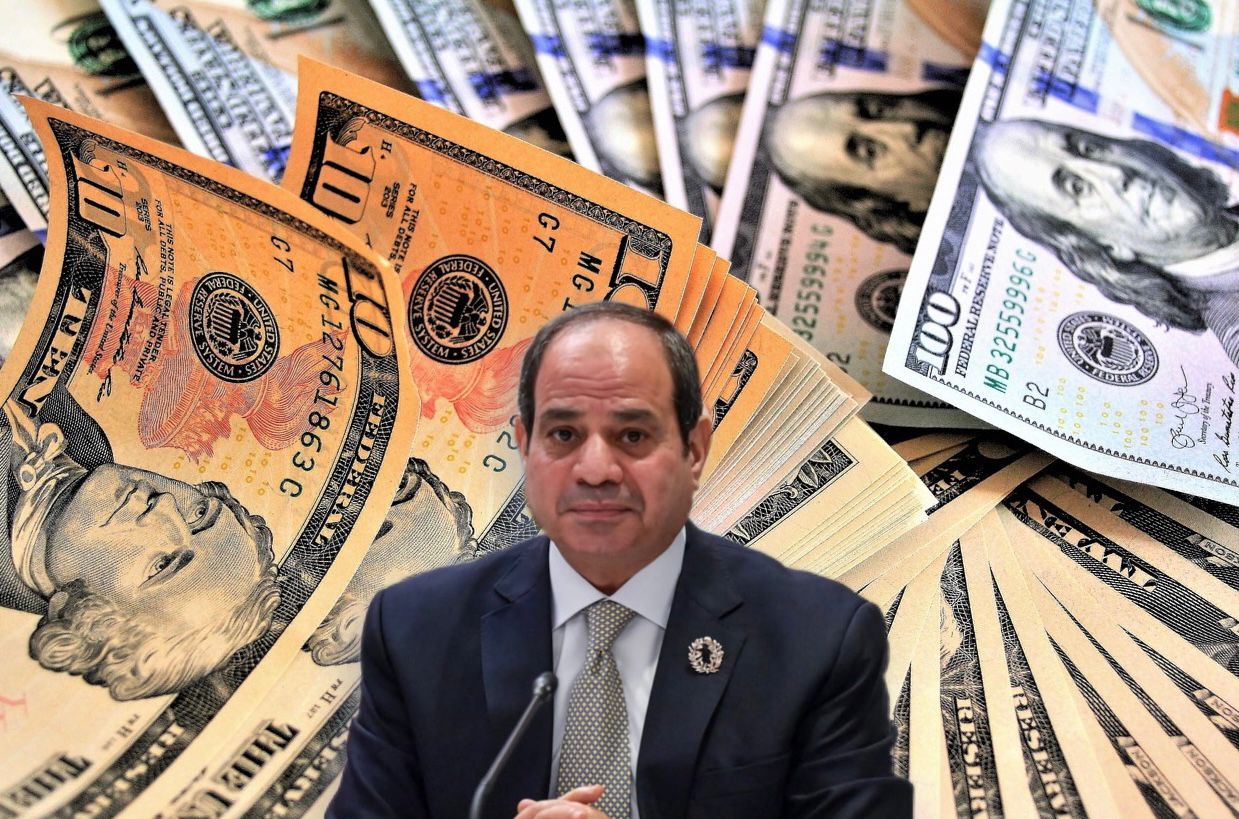Egypt’s external debt increased by $8 billion during the last quarter of 2022, compared to the previous quarter, to reach $162.9 billion, according to brief data published by the Ministry of Planning. Egypt’s external debt increased over the past year by more than $17.3 billion, an increase of approximately 12% of the $145.5 billion external debt at the end of 2021.
The recent data of the Ministry of Planning did not include an update on the external debt composition in terms of the ratio of short-term debt to total external debt and the balance of short-term debt to foreign exchange reserves, which represent the most important criteria for measuring external debt risks. This comes at a time when Egypt is suffering from a decline in its foreign exchange reserves, which at the end of last February amounted to $34.53 billion, including $28 billion in deposits to Gulf countries, a decrease of $6.5 billion compared to the end of February 2022 when the cash reserves amounted to $41 billion. According to economists, the external debt at this level represents more than 469% of the foreign exchange reserves, which indicates a susceptible situation because exceeding 100% is a dangerous matter because it means that the actual funds – even in theory – are zero.
Egypt is classified as a country with a high risk of defaulting on its external debts. Reuters indicates that the risk in the Egyptian case is related to the ratio of external debt to foreign exchange reserves, expecting that Egypt will need to pay $100 billion by 2027. What reinforces this negative picture of the Egyptian external debt situation is the decline in net foreign assets in the banking system to more than negative 704.2 billion pounds (equivalent to 22.969 billion dollars) last February, compared to 654.4 billion pounds (equal to 21.662 billion dollars) during January 2023. This indicator represents the banking sector’s net assets denominated in US dollars. At the same time, the deficit reflects the rise in the existing liabilities of banks against the foreign assets held by them, which reflects the development of the crisis of a weak dollar flows exacerbated by the Russian-Ukrainian war during the past year.
External debt witnessed a huge jump during the reign of the current President, rising from $46 billion in June 2014 to $162.9 billion by the end of 2022, an increase of approximately $117 billion, with a growth rate of roughly 254% in just eight and a half years. The external debt ratio of GDP reached about 35% at the end of 2022, while it represented only 15% of GDP in 2010. According to economic expert Magdy Abdel-Hadi, external debt is hazardous. The debt is increasing because of using it in infrastructure projects and extractive and service sectors that generate weak dollar revenues that are insufficient to pay obligations, in addition to the weak foreign exchange reserves and the chronic deficit of the Egyptian trade balance. Egyptian debt is also increasing because the Egyptian economy cannot attract domestic and foreign private investments due to the institutional, legal and political problems that are stopping any serious long-term investment.





Recent Comments